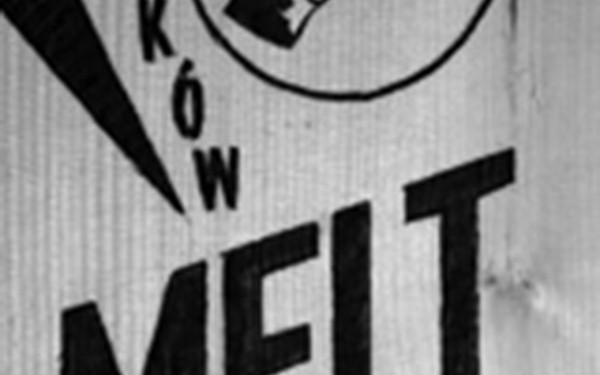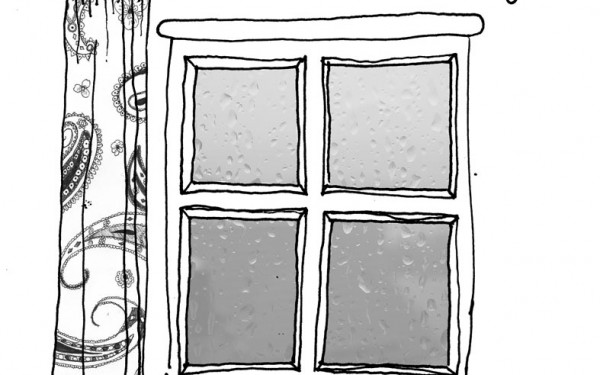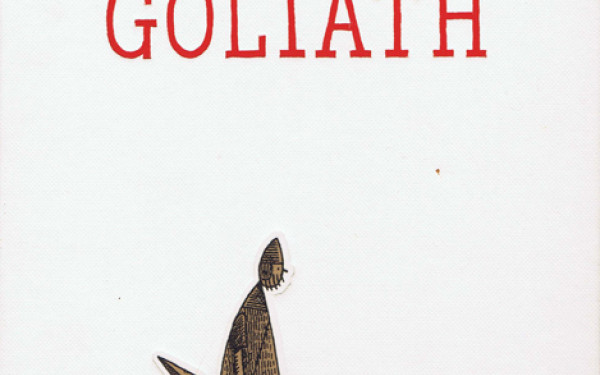Bursting Suburban Bubbles
Suburban life is often portrayed as the American (or Canadian) dream—simple and quiet, where everyone lives happily in a three-bedroom house with a two-car garage and a white picket fence.
But perception isn’t always reality.
In his collection of short stories titled Nine Inches, Tom Perrotta explores our misconceptions of suburbia and reveals that what often lies behind the oak door of a suburban household is far from perfection.
Perrotta’s suburban bubbles are delicately made façades that pretend to embody the American dream of a safe and peaceful life. But this mirage is threatened by the hardships and dreariness of maintaining such a life—it functions only to mask its daily, and often heartbreaking truths.
In Nine Inches, the suburbs becomes a horror scene, a terrifying mix of discontent, unhappiness, lethargy, lies, deceit and prejudices.
The stories are small windows for us to peer through, allowing us to glimpse into the minds of suburbanites. Perrotta beautifully captures poignant moments in just a few pages, shedding light on realizations that often take us years to make.
The few stories told from a female perspective are written with surprising insight into the female psyche.
It is slightly troubling however, that the stories from the female point of view consistently end on a higher note than the ones from a male perspective. It is worth asking why the author feels that his heroines should always have happily-ever-after endings.
Even more interesting is that none of these women have committed any social crimes deemed “punishable.” Instead, the heroines, all mothers of the same age range, start off as solitary victims before rising towards an uplifting denoument. The lack in diversity of the female characters was disappointing. Perhaps Perrotta should have read a copy of Betty Friedan’s The Feminine Mystique on the fly.
While his female characters’ stories follow a formula, the lifestyles of Perrotta’s male characters are represented more diversely, coming in the forms of everything from nerd, to jock, to handsome young professional, to baseball dad, to aging old man. These stories are more balanced in that they represent men at various ages, stages and roles in their lives, resulting in more unpredictable stories. Their tales aren’t hindered by a formulaic narrative, making the stories feel more realistic despite the reader’s desire for a happy ending. It often feels as though Perrotta’s men lead much more tragic lives than his women.
The stories with the male point of view leave us with haunting thoughts of their uncertain futures, which is a major deviation from the women’s tales. No one can ever predict the events of tomorrow, even if you try to stay within the safe bubble of middle-class life, which I believe is what Perrotta wanted to demonstrate in this collection. However, providing fluctuating narratives for his female characters rather than playing it safe would have rounded out the book as a whole.
Perrotta shows that corruption and vices are still present in the sphere of sheltered kids and manicured green lawns. Ironically, this claustrophobic setting is the perfect environment for our insecurities to breed in. Regardless of the flaws, this collection of stories should not be overlooked—Tom Perrotta is possibly one of the best contemporary American writers of our time, and this book is perhaps his most ambitious effort yet. There is no question that Perrotta has proven himself a master writer of the suburban domain.

_440_293_90.JPG)
_600_832_s.png)




